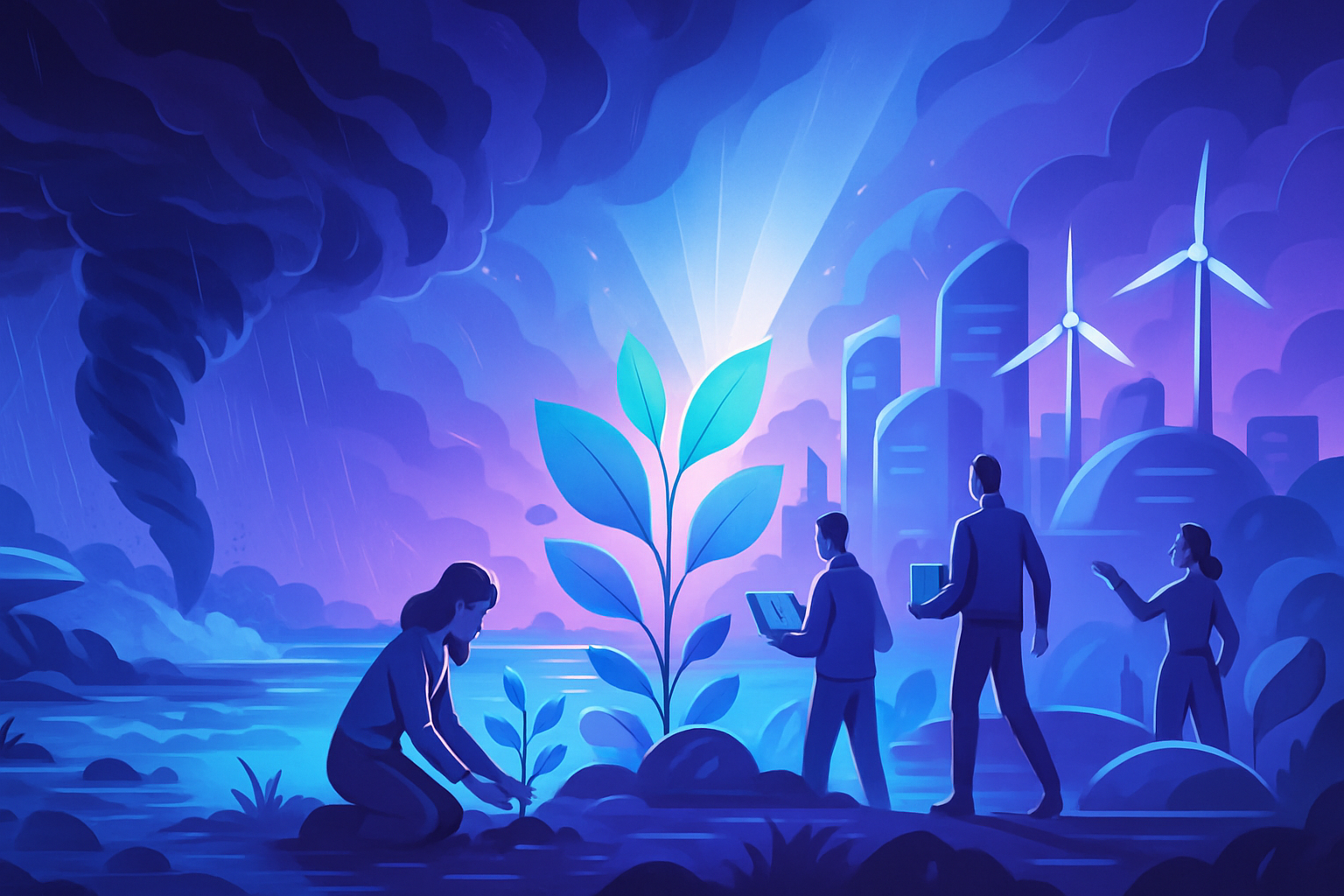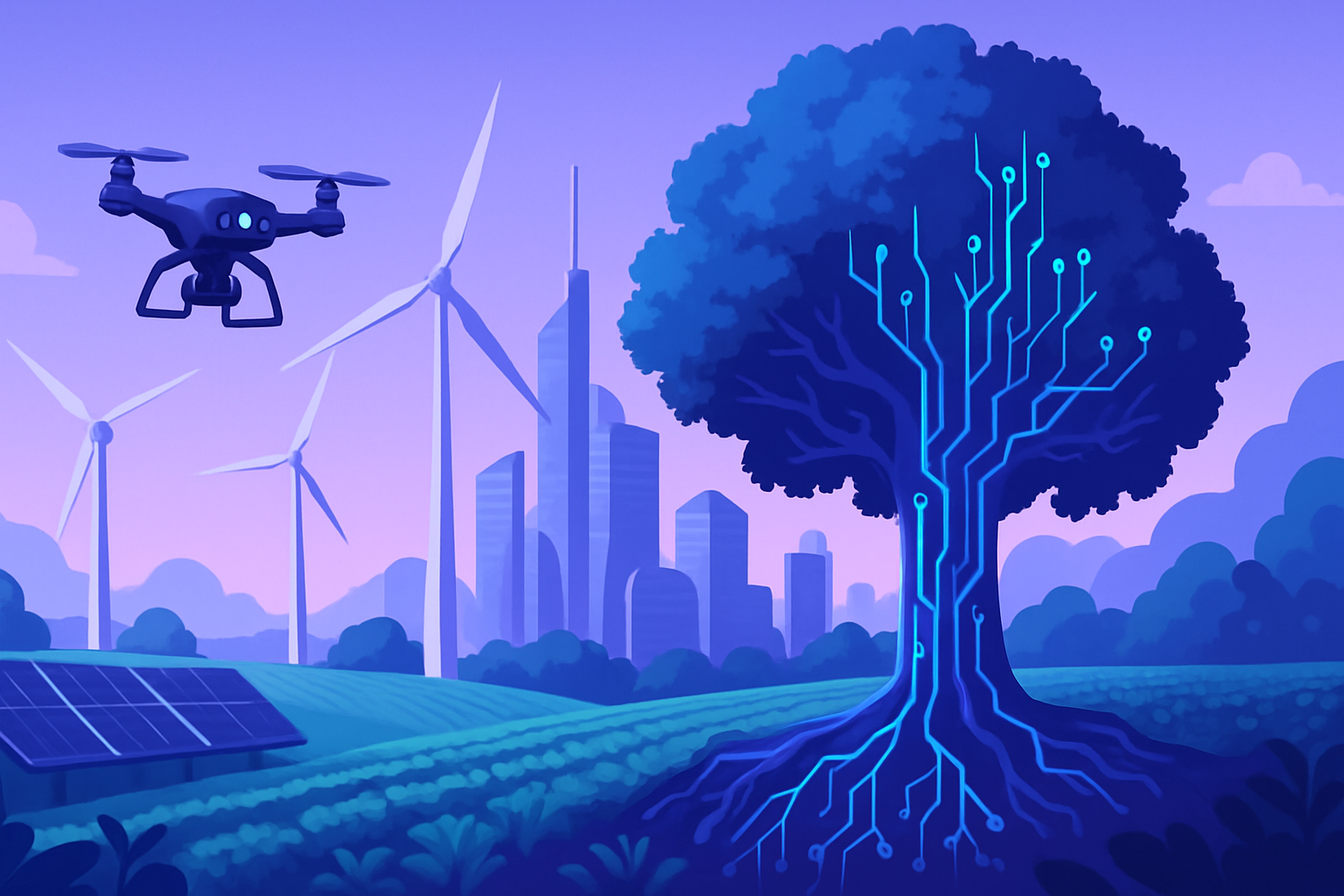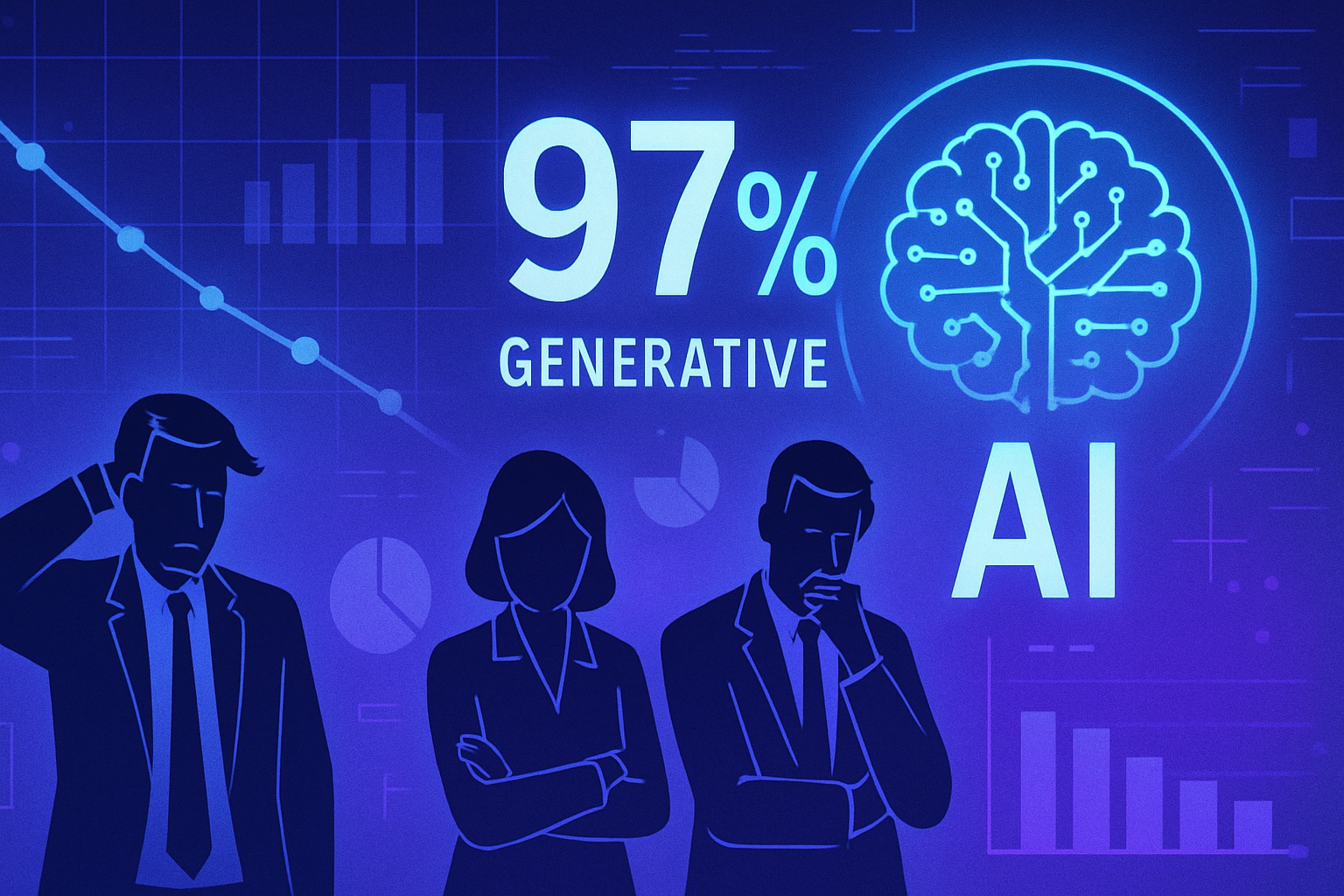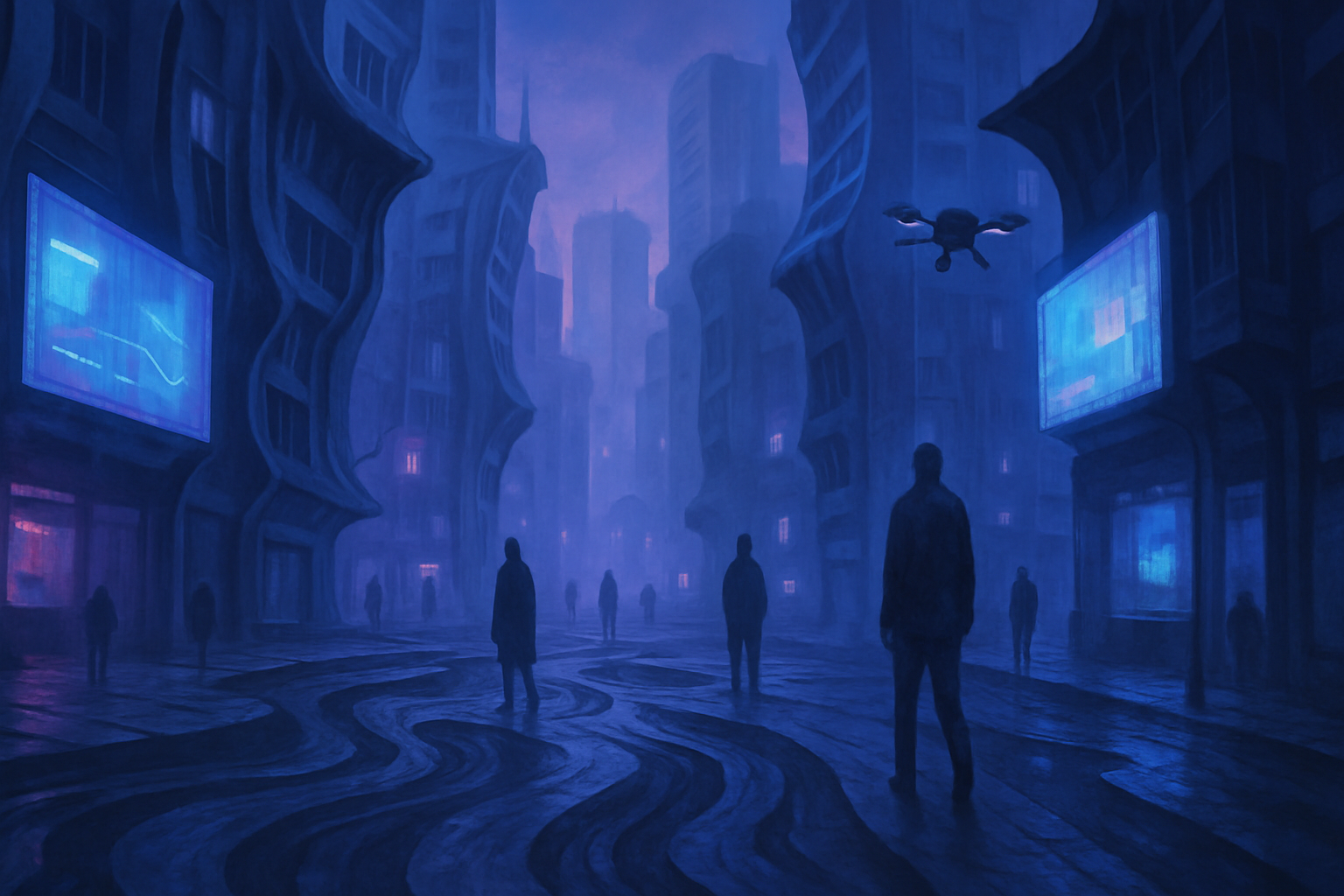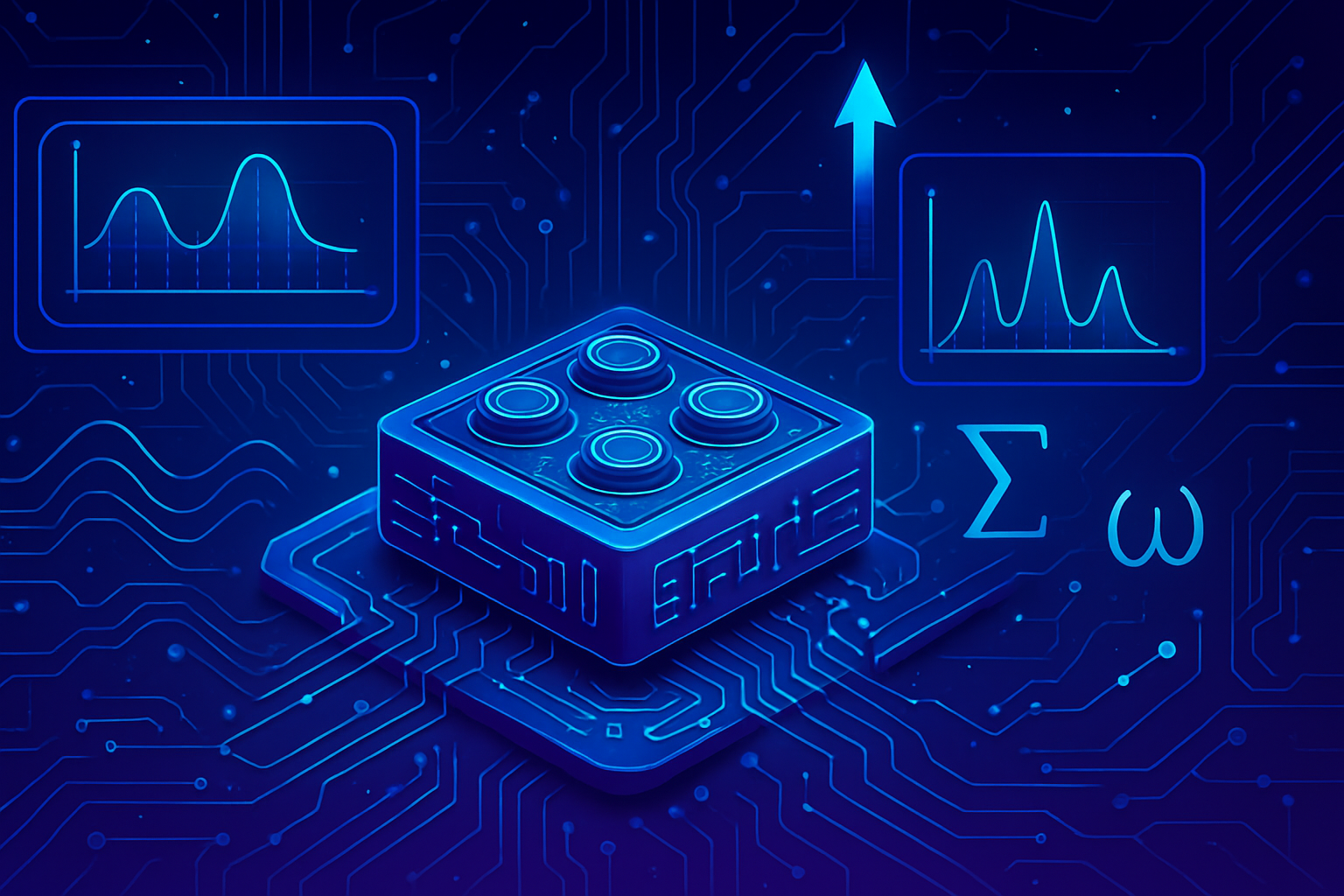The AutoBot platform is revolutionizing the creation of advanced materials through the integration of machine learning. The pursuit of optimizing manufacturing processes requires innovative and rapid solutions. AutoBot, with its refined algorithms, challenges traditional methods of research and development. This automated system identifies the ideal parameters in record time, facilitating the production of high-quality thin films. With its ability to operate under humid conditions, it opens exciting industrial prospects. An approach at the intersection of <>robotics> and materials science is unfolding, redefining standards of speed and efficiency.
The AutoBot platform and its major innovation
A team of researchers from the Berkeley National Laboratory, affiliated with the Department of Energy, developed an automated experimentation platform named AutoBot. This innovative system optimizes the manufacturing of advanced materials using machine learning algorithms. AutoBot is capable of directing robotic devices to rapidly synthesize and characterize materials.
Optimization of advanced materials
The researchers tested AutoBot on emerging materials, notably the metal halide perovskites. These materials hold considerable potential for various applications, such as light-emitting diodes, lasers, and photodetectors. The platform managed to explore various combinations of manufacturing parameters within weeks, identifying the most promising ones.
With a rapid learning rate, AutoBot required sampling of only 1% of the more than 5,000 combinations available to determine the optimal parameters. Unlike the traditional approach, often lengthy and random, this method significantly reduced analysis time. This process, typically long taking a year, is now completed in record time.
An iterative learning loop
The manufacturing process of perovskite films requires strict atmospheric conditions due to their sensitivity to humidity. The team used AutoBot to identify favorable synthesis conditions even in high-humidity environments. This progress could overcome a major obstacle to large-scale production.
Synthesis phases
AutoBot followed a series of protocols while automatically adjusting tasks based on result analysis. This learning cycle involved the production of perovskite films from precursor chemical solutions, varying four key parameters:
- The treatment duration of solutions with a crystallization agent.
- The heating temperature.
- The heating duration.
- The relative humidity level in the film deposition chamber.
The samples were characterized by three main techniques, measuring the transmission of ultraviolet and visible light, assessing photoluminescence, as well as generating images to evaluate the homogeneity of the films.
Results analysis
A data flow extracted information from the characterization results by analyzing and combining them to create a unique score, indicating the quality of the films. From these scores, the algorithms understood the relationships between synthesis parameters and film quality, effectively enhancing quality predictions for all tested combinations.
Plenty of lessons learned from the results
The research revealed that it is possible to synthesize high-quality films with relative humidity levels ranging between 5% and 25%, without requiring strict environmental controls. Beyond 25%, the quality of materials deteriorates during the deposition process, a finding validated by photoluminescence measurements.
AutoBot displayed impressive performance, revealing that the algorithms quickly learned which parameters influenced film quality. Less than 1% of the tested combinations were needed to determine the influence of synthesis conditions on material quality.
Data fusion and the future of production
One of the significant innovations of this study is based on multimodal data fusion. This method combined various scientific and mathematical tools to integrate the disparate datasets from characterization techniques into a single metric for material quality. This advancement enables the quantification of results usable by machine learning algorithms.
The current setup of AutoBot lays the groundwork for establishing autonomous optimization laboratories. The ability to expand this system to a wide range of materials and devices paves the way for a revolution in advanced manufacturing.
For additional information on other technological advancements, check out these links: DevOps and AI, Apple Insider Analysis, Revolutionary Teaching Approach, Apple sued for alleged use of pirated books, Discovery of an innovative paint formula.
Common questions about the AutoBot platform
What is the AutoBot platform and what is its main function?
The AutoBot platform is an automated system designed to optimize the manufacturing of advanced materials through the use of machine learning algorithms, enabling the rapid synthesis and characterization of various materials.
How does AutoBot utilize machine learning to improve the manufacturing process?
AutoBot applies machine learning algorithms to analyze the characterization results of materials and automatically refine the experimental parameters, significantly accelerating the process of discovering new formulations.
What types of materials can AutoBot help synthesize?
AutoBot has been successfully tested on emerging materials such as metal halide perovskites, which are promising for applications like light-emitting diodes (LEDs), lasers, and photodetectors.
What is the importance of humidity in the synthesis process of thin films with AutoBot?
Controlling humidity is crucial because metal halide perovskites are sensitive to it. AutoBot allows the identification of favorable synthesis conditions within a relative humidity range of 5% to 25%, thus facilitating the production of high-quality films in less controlled environments.
How many parameter combinations can AutoBot evaluate to optimize material quality?
AutoBot has the capability to evaluate over 5,000 parameter combinations to optimize material quality, but it has managed to achieve the “sweet spot” by testing only about 1% of these combinations, showcasing the effectiveness of its approach.
What roles do characterization techniques play in the AutoBot process?
Characterization techniques, such as UV-Vis spectroscopy, photoluminescence, and photoluminescence imaging, are essential for assessing the quality of the synthesized films and providing data to machine learning algorithms to optimize the synthesis.
What technological advancements could AutoBot bring to the materials industry?
AutoBot represents a significant advancement towards establishing autonomous optimization laboratories, as it combines synthesis, characterization, and machine learning within a single platform, thereby accelerating the research and development of new materials.

